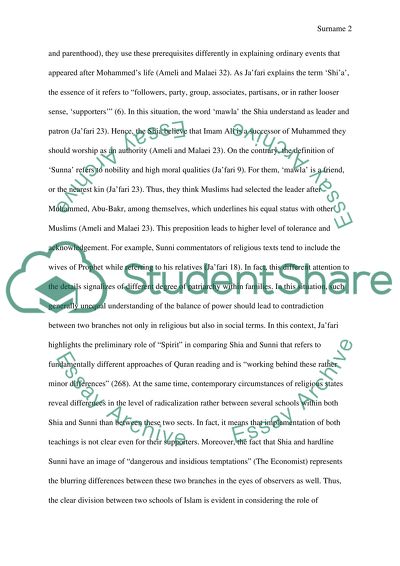Cite this document
(“Shia Political Islam and Its Sunni Counterpart Essay”, n.d.)
Retrieved from https://studentshare.org/religion-and-theology/1700899-shia-political-islam-and-its-sunni-counterpart
Retrieved from https://studentshare.org/religion-and-theology/1700899-shia-political-islam-and-its-sunni-counterpart
(Shia Political Islam and Its Sunni Counterpart Essay)
https://studentshare.org/religion-and-theology/1700899-shia-political-islam-and-its-sunni-counterpart.
https://studentshare.org/religion-and-theology/1700899-shia-political-islam-and-its-sunni-counterpart.
“Shia Political Islam and Its Sunni Counterpart Essay”, n.d. https://studentshare.org/religion-and-theology/1700899-shia-political-islam-and-its-sunni-counterpart.


